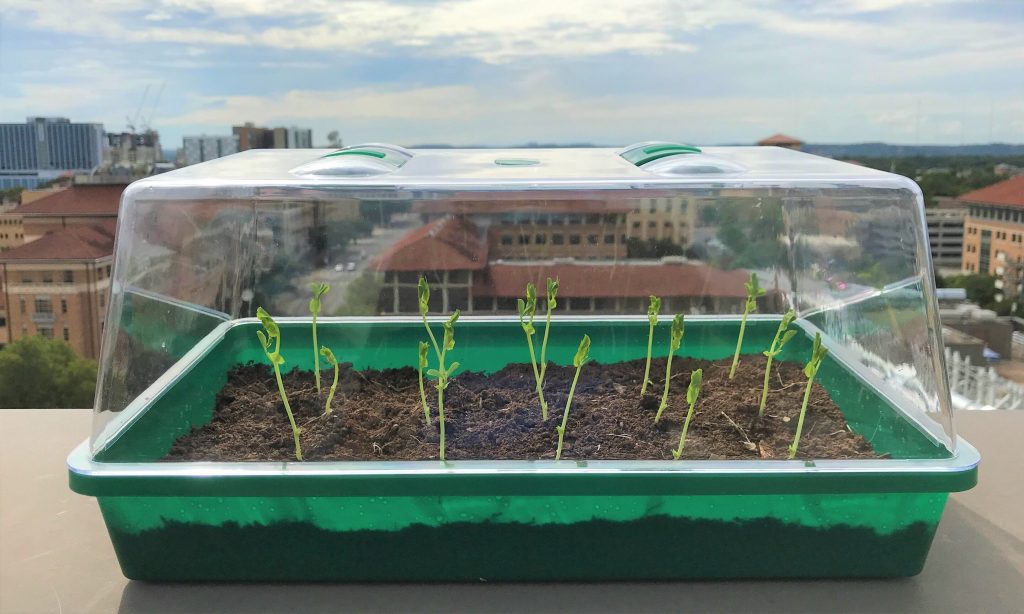Self-Watering soil makes farming viable everywhere
Scientists from UT Austin’s Cockrell School of Engineering have developed a new type of soil that can pull water from the air and distribute it to plants.
As novel as it sounds, this soil could help expand the map of ‘farmable’ land around the globe to previously inhospitable places, and reduce water usage in agriculture at a time of growing droughts.
According to associate professor Guihua Yu, the team’s unique atmospheric water irrigation system uses super-moisture-absorbent gels to capture water from the air.
When the soil is heated to a certain temperature, the gels release the water, making it available to plants.

Moreover, when the soil distributes water, some of it goes back into the air, increasing humidity and making it easier to continue the harvesting cycle.
According to Yu, each gram of soil can extract approximately 3-4 grams of water. Depending on the crops, approximately 0.1 to 1 kilogram of the soil can provide enough water to irrigate about a square meter of farmland.
The gels in the soil pull water out of the air during cooler, more humid periods at night. Solar heat during the day activates the water-containing gels to release their contents into soil.
During a four-week experiment, the team found that its soil retained approximately 40% of the water quantity it started with. In contrast, sandy soil had only 20% of its water left after just one week.
In another experiment, the team planted radishes in both types of soil.
The radishes in the hydrogel soil all survived a 14-day period without any irrigation beyond an initial round to make sure the plants took hold.
On the other hand, radishes in the sandy soil were irrigated several times during the first four days of the experiment – but none of them survived more than two days after the initial irrigation period.
The water-harvesting soil is the first big application of technology that Yu’s group has been working on for more than two years.
The same team had last year developed gel-polymer hybrid materials that work like ‘super sponges,’ extracting large amounts of water from the ambient air, cleaning it and quickly releasing it using solar energy.



